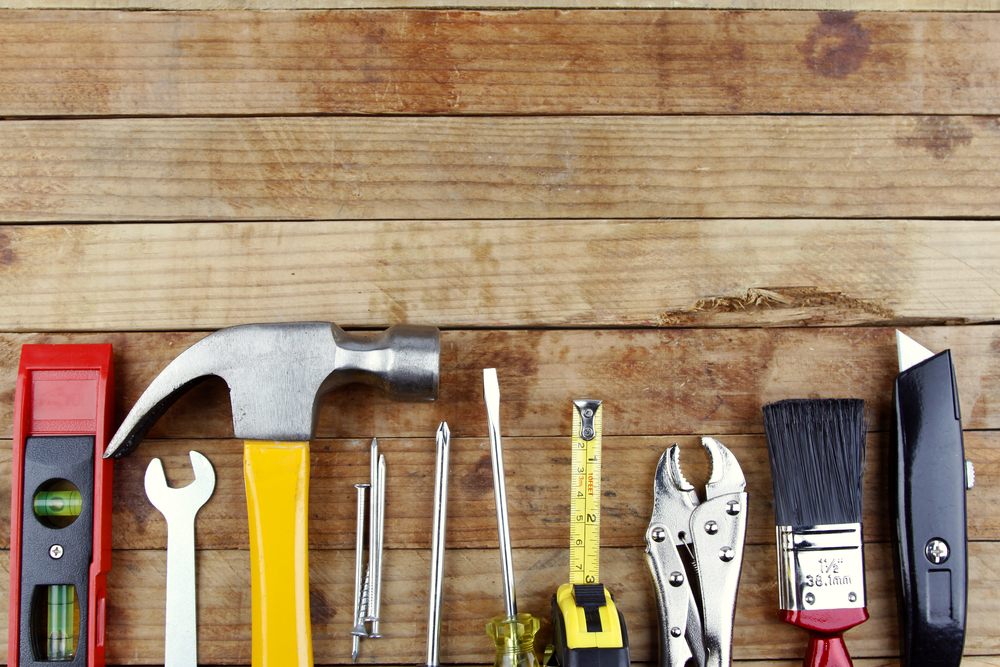
Before you start your next home project, ask yourself if it’s worth it to DIY or hire a professional.
You’re sitting on the couch watching your favorite home improvement channel, or you’re browsing the Internet and come across a great home project you’d love to create.
Maybe it’s a raised-bed garden, a beautifully built-in bookcase, or a wall tunnel for your cat.
Whatever it is, you’re probably saying to yourself, “That looks easy. I can do that.”
Hold up.
Before you make yourself into Tim “The Toolman” Taylor with your epic flub in home renovations, ask yourself if you’re really capable of getting the job done.
Here are a few questions to ask yourself:
Do I have the time?

Home improvement projects rarely go as planned and can be more time-consuming than they initially seem.
Nothing is as easy as the pros make it look, so make sure you have a realistic time frame in mind and that you can continue the project if something goes wrong.
If you don’t have the time (sorry, you really can’t finish your whole basement in a weekend), think about hiring a contractor.
Do I have the knowledge?

If you have extensive experience in plumbing, feel free to replace that toilet or relocate your shower.
You may want to consider taking a class or consulting a professional if the answer is no.
If you are familiar with electricity and understand codes and safety measures, then you can likely add lights or outlets safely without much concern.
However, if you find yourself thinking, “I need to YouTube this,” and it involves gas, fire, electricity, or water, the safe bet is to pay someone else to do it or invest in a good class that can show you how to do it safely.
Don’t let your ego be the reason your house floods or burns to the ground!
Do I have the patience?
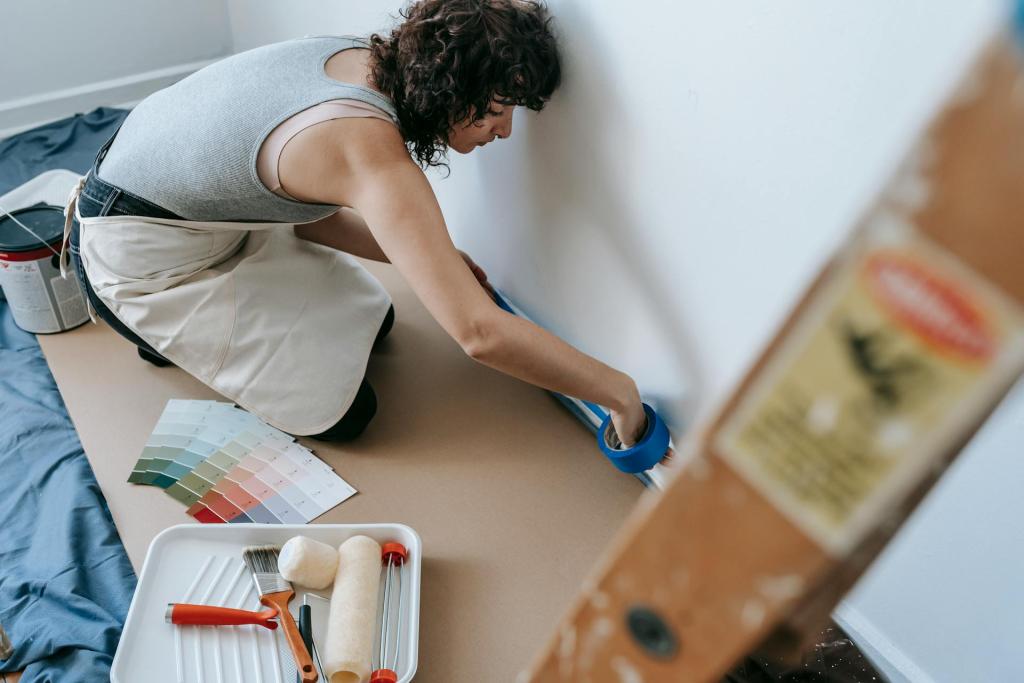
This aspect is often underestimated, but the reality is that many people get frustrated with home projects and tend to leave them unfinished.
If you’re a couple starting a project, keep in mind that this may either be a bonding experience or a “You’re sleeping on the couch” experience. There tends to be no middle ground.
If you have little tolerance for things going wrong or for minor injuries you may acquire, consider hiring a professional and relax while someone else does the work.
Which is more expensive: Doing the work or hiring a professional?

Another important factor in deciding whether to DIY or outsource your project is determining if you can afford it.
Strangely enough, it often ends up being more expensive to do it yourself, as you may buy more product than you need, or you may mess up entirely and have to go purchase items again.
Also, you’re spending your time and energy, and time is money! Often, a contractor can complete the job in half the time you can, and they receive discounts on the products and appliances they need to get the job done.
While it may be less exciting than doing it yourself, you may save money in the long run. And you’ll be supporting local business by doing so!
This article was originally published on February 4, 2016.

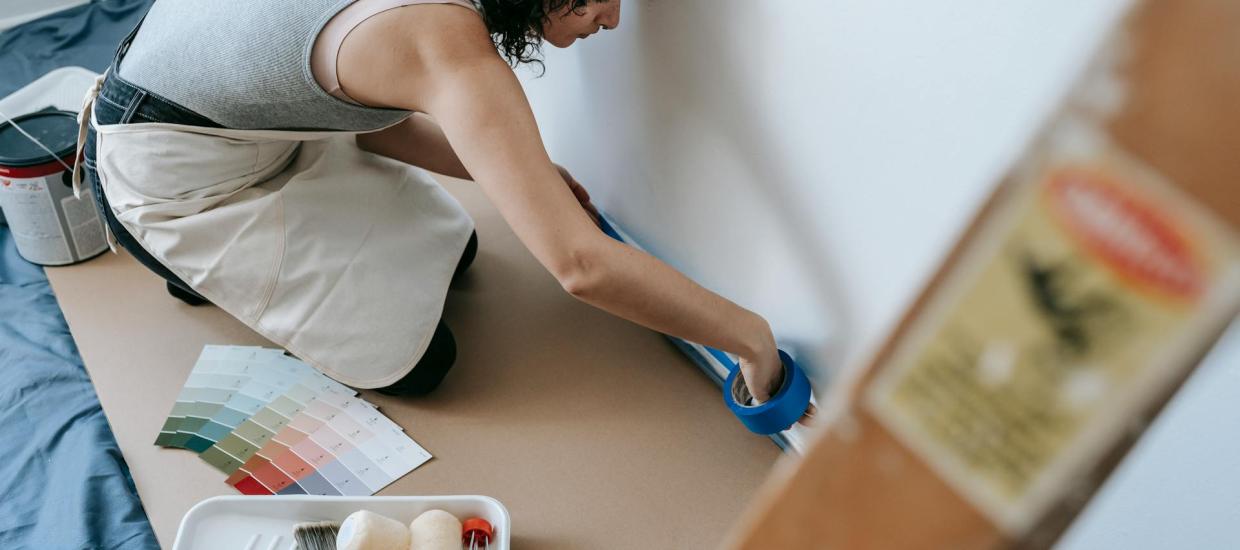
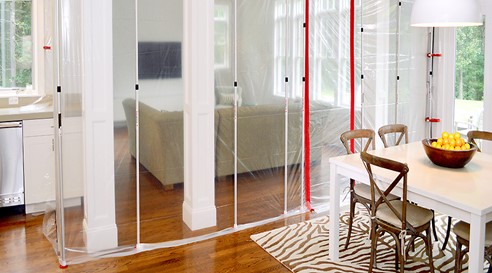
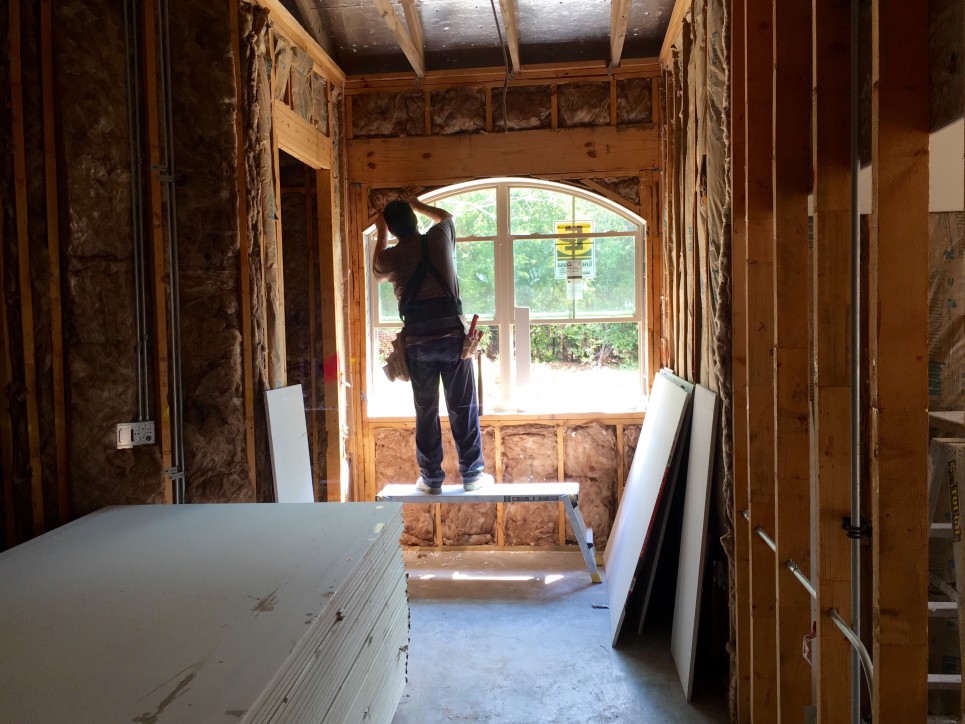

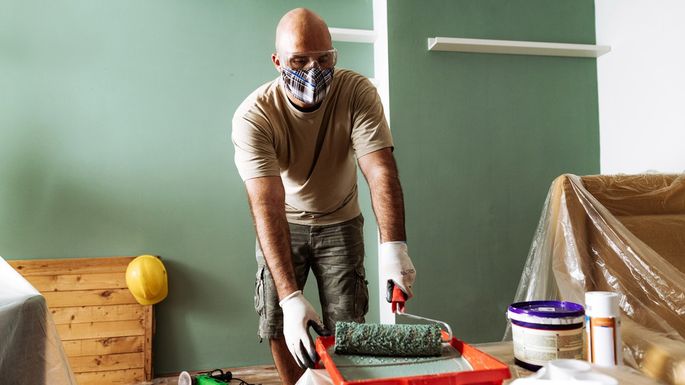
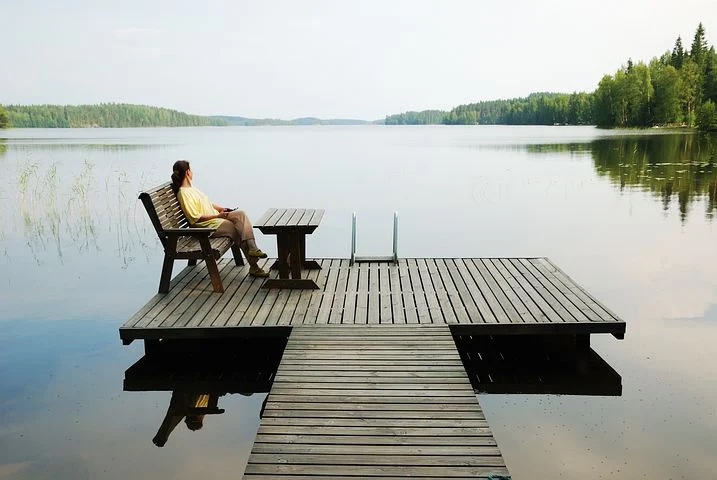

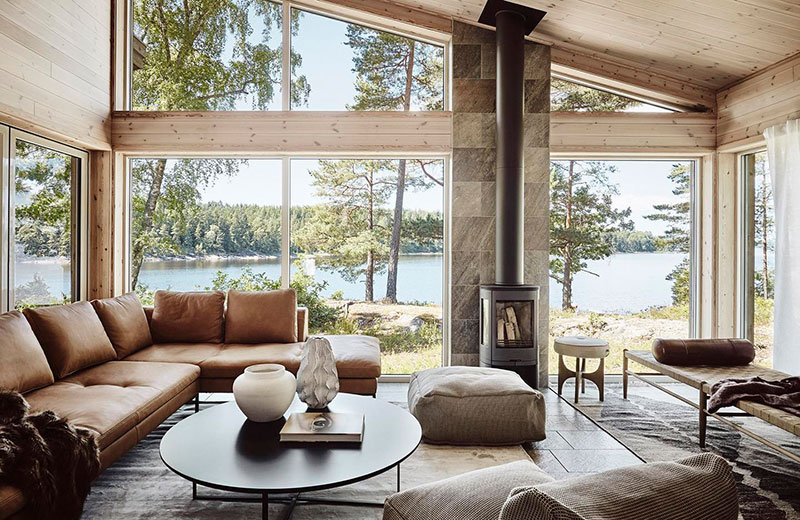
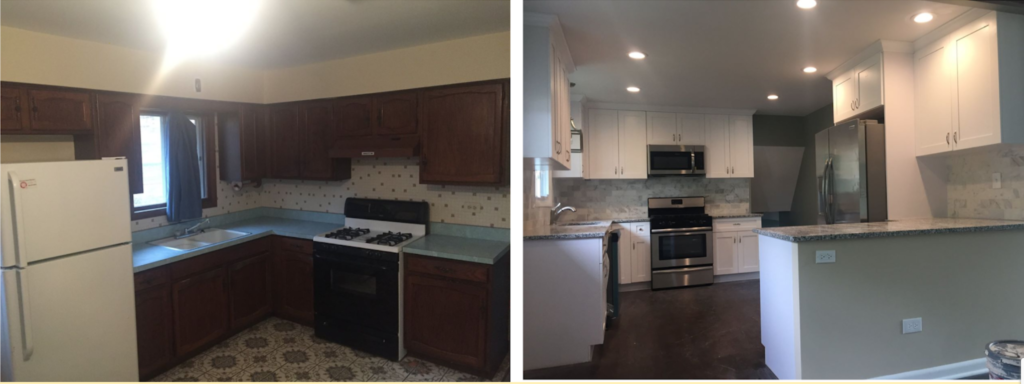
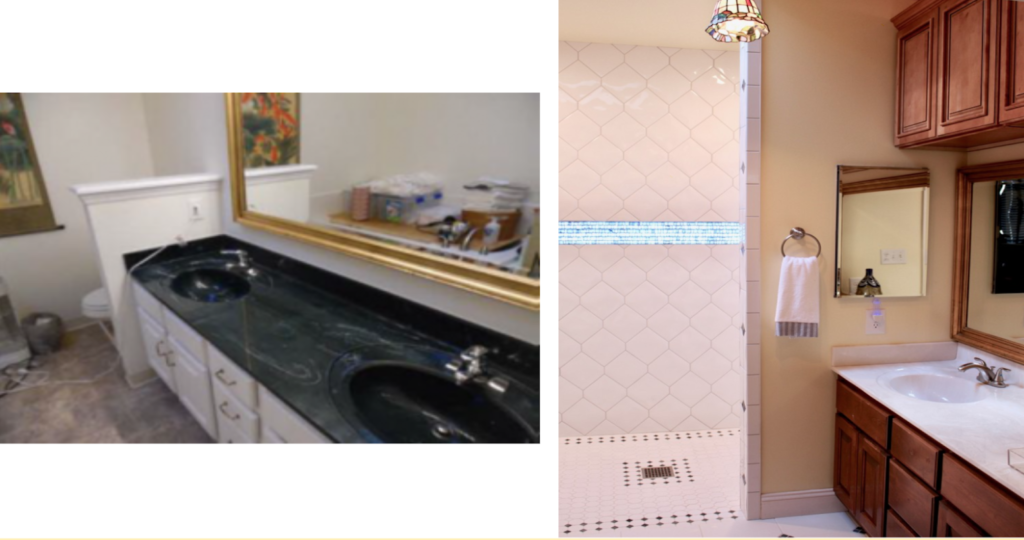
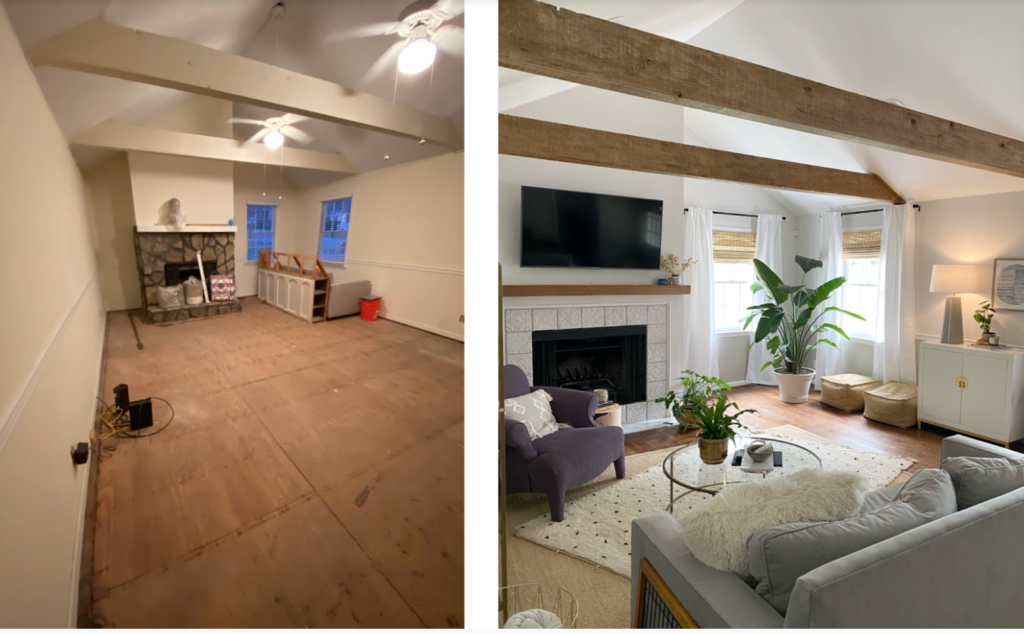
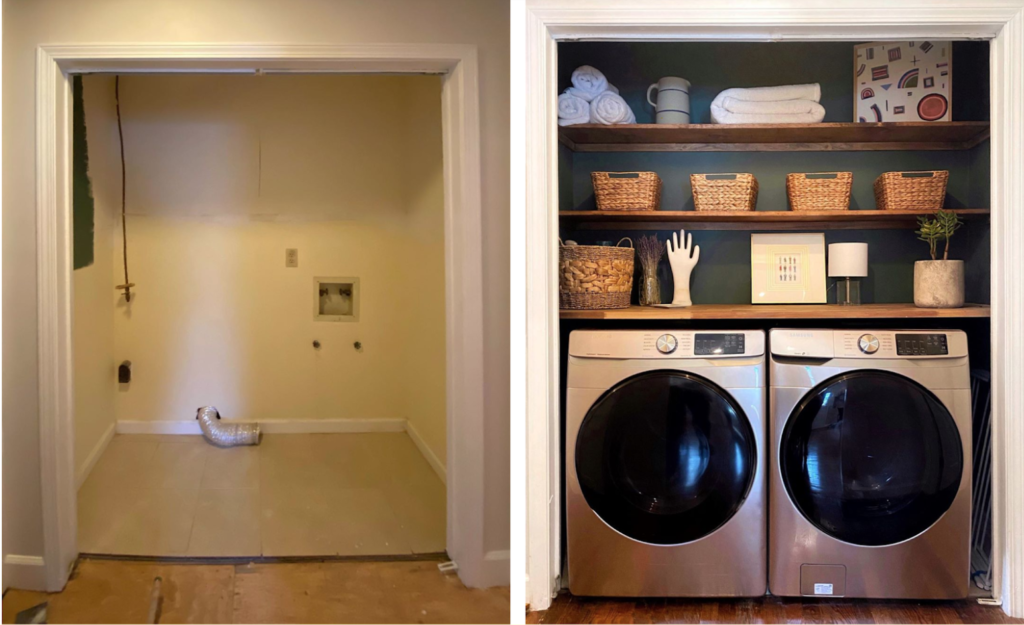

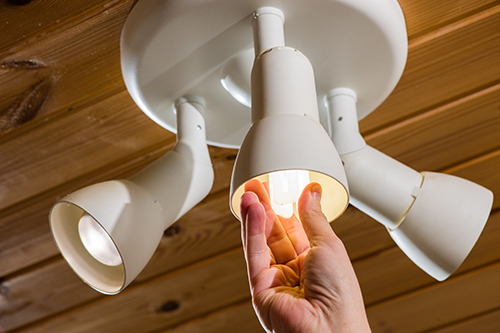 Upgrading the lighting in your home with
Upgrading the lighting in your home with 


 You or your guests will most likely spend at least seven hours per day in the bedroom, probably more. It is one of the things that can turn off anyone who wants to stay for vacation, depending on whether it is well decorated or not maintained properly.
You or your guests will most likely spend at least seven hours per day in the bedroom, probably more. It is one of the things that can turn off anyone who wants to stay for vacation, depending on whether it is well decorated or not maintained properly. Although it may serve as a vacation house, the kitchen still plays a very important role in making the vacation a better experience. In case the kitchen is old or there are numerous aging or damaged cabinets, consider renovating the kitchen.
Although it may serve as a vacation house, the kitchen still plays a very important role in making the vacation a better experience. In case the kitchen is old or there are numerous aging or damaged cabinets, consider renovating the kitchen.
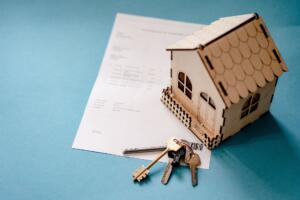 There are many plans that are offered by different companies. Each plan will offer different coverage. Be sure to fully read the entire plan before selecting one.
There are many plans that are offered by different companies. Each plan will offer different coverage. Be sure to fully read the entire plan before selecting one.
 Other times you may be on a tighter budget, and you wonder what will make the most impact on your home, and what will raise the resale value the most.
Other times you may be on a tighter budget, and you wonder what will make the most impact on your home, and what will raise the resale value the most. While you might think that adding travertine tile or granite counters is the best idea, what actually will get you the most return for your investment, should you choose to sell, is making those rooms functional. If the layout is clunky, no matter how gorgeous the kitchen is, no one will want to gather there. Something as simple as replacing the cabinets or extending the counter space could make a huge improvement.
While you might think that adding travertine tile or granite counters is the best idea, what actually will get you the most return for your investment, should you choose to sell, is making those rooms functional. If the layout is clunky, no matter how gorgeous the kitchen is, no one will want to gather there. Something as simple as replacing the cabinets or extending the counter space could make a huge improvement.
 Although the lake water can be captivating, your home will increase in desirability if you spruce up your landscaping by adding trees, shrubs, and bedding plants to your property. The concept of curb appeal applies to lake homes as well as suburban ones.
Although the lake water can be captivating, your home will increase in desirability if you spruce up your landscaping by adding trees, shrubs, and bedding plants to your property. The concept of curb appeal applies to lake homes as well as suburban ones.
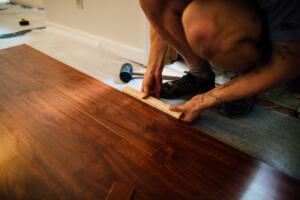 The right flooring can pay you back double your investment when it comes time to sell. This is especially true with lake homes, where sand and water can take their toll on traditional flooring. Good choices for lake homes include vinyl flooring, which is virtually impervious to water and cleans up easily.
The right flooring can pay you back double your investment when it comes time to sell. This is especially true with lake homes, where sand and water can take their toll on traditional flooring. Good choices for lake homes include vinyl flooring, which is virtually impervious to water and cleans up easily.